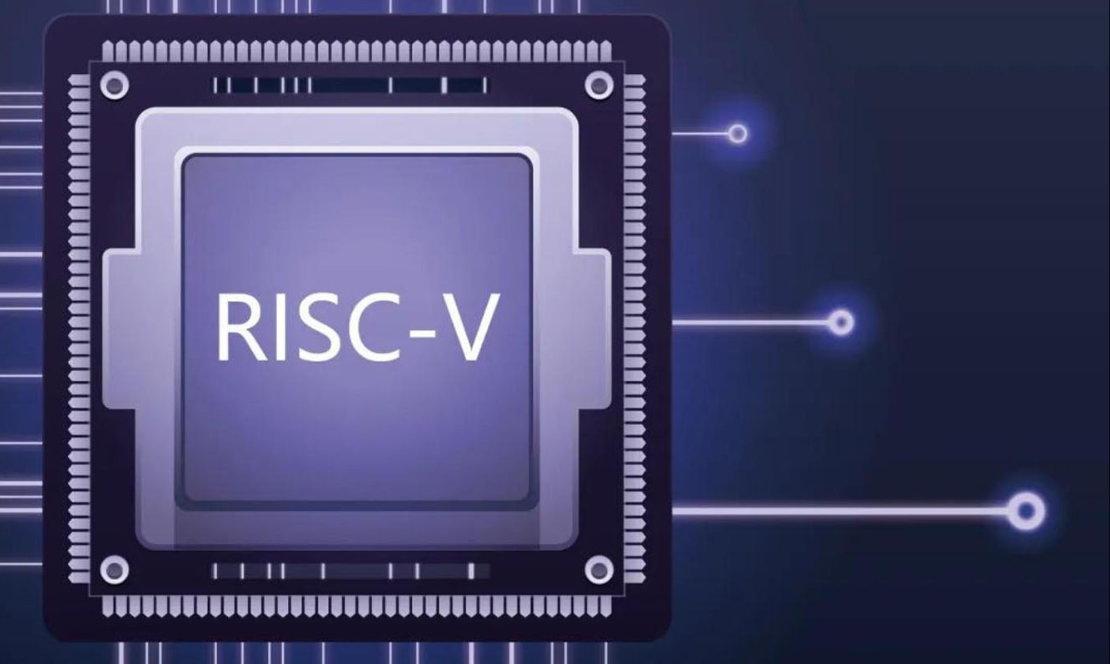
What is RISC V
What is RISC-V?
RISC-V is an open-source instruction set architecture (ISA) that has been gaining significant attention in the world of computer architecture. The “V” in RISC-V represents the fifth version of the RISC Reduced Instruction Set Computing architecture, which emphasizes simplicity and efficiency in instruction execution.
Open-Source and Customizable
One of the key features that sets RISC-V apart from proprietary architectures like ARM and x86 is its open-source nature. This means that anyone can implement RISC-V without needing to pay licensing fees, making it accessible to a wide range of developers, researchers, and companies. The open standard allows for customization and extension of the ISA, enabling designers to tailor processors to specific applications and optimize performance, power consumption, and area (PPA).
History and Evolution
RISC-V originated as a project at the University of California, Berkeley, and has since evolved into a global standard managed by RISC-V International, a non-profit organization with over 3,000 members. The standard is designed to provide a configurable and customizable solution for general-purpose processors, allowing users to add custom instructions and extensions.
Benefits and Applications
The open-source and customizable nature of RISC-V has led to its adoption in various industries, including embedded systems, microcontrollers, high-performance computing, and data centers. The architecture’s flexibility and simplicity make it an attractive choice for researchers, startups, and established companies alike. RISC-V’s popularity is expected to continue growing, with a projected compound annual growth rate of 35% through 2027.
Why RISC-V Matters
- Open-source flexibility: RISC-V allows companies and individuals to design custom processors without the constraints of proprietary architectures.
- Cost-effective: The absence of licensing fees makes RISC-V an attractive option for startups and established companies alike.
- Innovation catalyst: The open nature of RISC-V encourages collaboration and rapid innovation in processor design.
- Customization: RISC-V’s modular design allows for easy customization to suit specific application needs.
Why Should We Care?
As software engineers, the rise of RISC-V presents exciting opportunities:
- New development platforms: RISC-V boards like those from Milk-V offer affordable, open platforms for experimentation and development.
- Potential for specialized hardware: The ability to customize RISC-V processors could lead to more efficient, application-specific hardware.
- Democratization of hardware design: Open-source hardware based on RISC-V could lower barriers to entry for hardware startups and innovators.
- Cross-platform development: As RISC-V gains adoption, skills in developing for this architecture will become increasingly valuable.
Conclusion
RISC-V is an important development in the world of computer architecture, offering a unique combination of openness, customizability, and simplicity. Its growing adoption and industry support make it a key player in shaping the future of computing. As the RISC-V ecosystem continues to evolve, it is likely to have a significant impact on the way we design and use processors in various applications.
References
- Synopsys. (n.d.). What is RISC-V? – How Does it Work? Retrieved from https://www.synopsys.com/glossary/what-is-risc-v.html
- Codasip. (2022, September 22). 5 good things about RISC-V. Retrieved from https://codasip.com/2022/09/22/5-good-things-about-risc-v/
- Reddit. (2022, October 12). Eli5 - What is risc-v? Retrieved from https://www.reddit.com/r/explainlikeimfive/comments/y1snwo/eli5_what_is_riscv/
- RISC-V International. (n.d.). RISC-V International – RISC-V: The Open Standard RISC Instruction. Retrieved from https://riscv.org RISC-V International. (2024, January 11).
- What is RISC-V and why is it important? Retrieved from https://riscv.org/news/2024/01/what-is-risc-v-and-why-is-it-important/